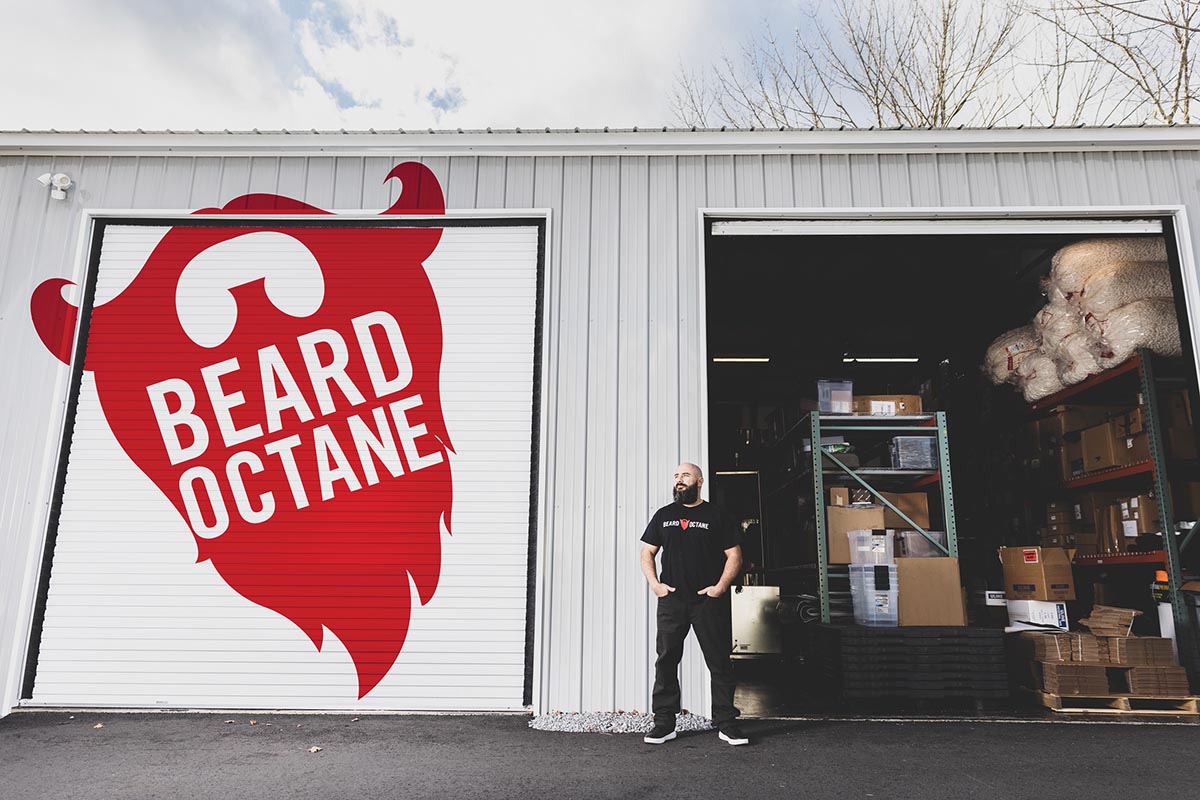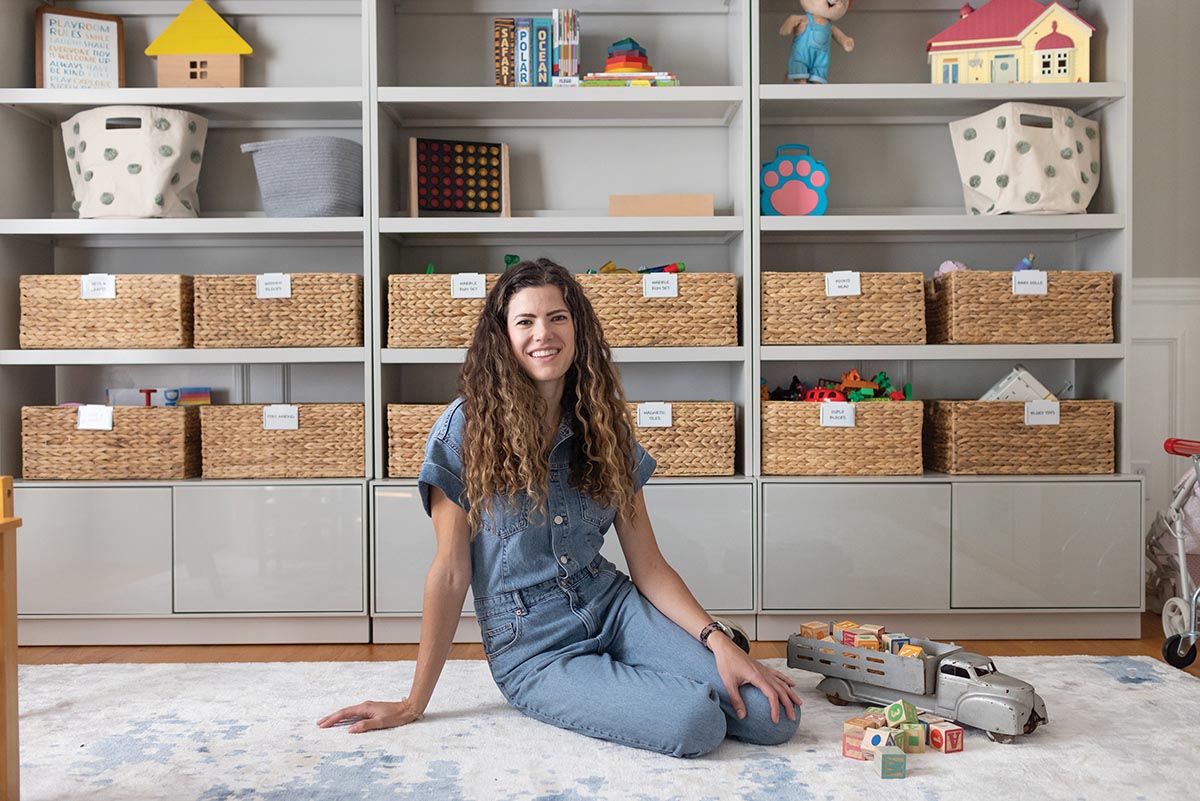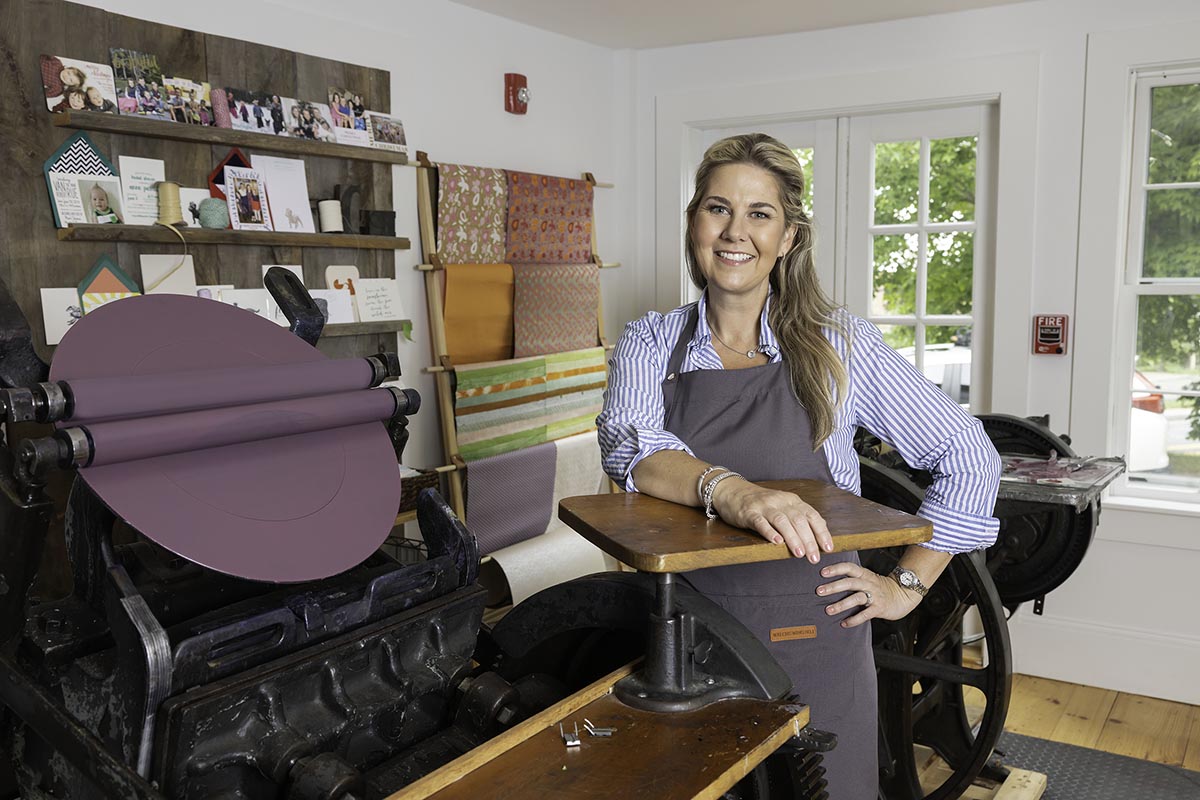
Nicole Bedard has been a brand photographer since starting her business 14 years ago. During that time, the Connecticut entrepreneur has watched the commercial photography field grow dramatically. Recently, she’s had a growing number of questions from other photographers interested in adding brand photography to their current offerings or transitioning into the field entirely.
Bedard feels that brand photography appeals to image makers because of the variety of work within the genre. It’s a wide-ranging niche that includes diverse images for marketing collateral—including lifestyle, products, and portraits. It’s the variety that can intimidate some photographers since the processes needed to deliver the goods may not be as standardized as in some other specialties. Bedard has put together a list of recommended steps to help people discover greater success in brand imagery.

SHOWCASE YOUR PROCESS
Educate potential clients about what brand photography involves, and give them insights into your process. This is critical because not everyone understands what goes into a brand photography shoot.
“People think it has to be this huge production, all these lights, lots of people,” says Bedard. “But if you can show what a photo shoot really looks like and they can relate to it and they can envision themselves being part of it, then they are going to be more likely to move forward.”
Bedard educates potential clients by sharing timelapses of photo shoots and snippets of behind-the-scenes coverage. She makes videos illustrating various elements of a shoot and provides insights into her approach. In addition, she posts reels on social media that show the beginning of a shoot, the resulting images, and the images displayed on the client’s website and other marketing materials. This progression illustrates the full evolution of the process. And all these shared media showcase the photographer’s process as well as her unique style.

GET OUT THERE
“In today’s market, people are investing in the person more than the product,” says Bedard.
There are so many photographers out there. You need a way to stand out. Showcase what you do by putting yourself in front of the camera once in a while. Remember: People connect with people.
Go on video, suggests Bedard, and talk directly to your audience. Talk about your process. Show your personality. Give yourself a voice and use it. This helps build the know-like-trust factor that is essential for making a successful sale.
Not everyone will be a great fit for your business. By providing a glimpse into your personality and working style, which won’t resonate with everyone, you may be able to weed out some prospects who are unlikely to work out. Think of this element as a filter as well as a marketing magnet.

BE A CLIENT
If you’re going to talk the talk, you have to walk the walk. You have your own brand to promote, so go through the brand photography process for yourself. If you can show potential clients that you’ve taken these steps for your business, your recommendations to them will come across authentically. Knowing your own process from the client side also helps you speak to the pain points clients may have, allowing you to suggest solutions based on real-world experience.
Being your own client also yields valuable imagery you can use to promote your business. If you’re selling brand photography, your brand imagery should be impressive. You should be able to show clients your talent in the work you’ve done for yourself.

STRATEGIZE WITH THE CLIENT
The strategy meeting is essential to a successful photo shoot. First, it helps build the relationship so the client becomes comfortable with you. Second, it’s a practical planning session that helps you and the client assemble all the needed materials, gear, wardrobe, and people.
During her strategy sessions, Bedard shares concept boards of images and inspirations for the shoot. This demonstration helps clients understand her thinking, get on the same page, and be prepared for photo shoot day. Bedard then brings these boards to the shoot to use as a reference. The boards provide inspiration and keep her efficient as she makes sure she’s getting all the required images.
The strategy sessions also enhance collaboration and help clients be part of the process. This further builds the relationship and leads to more repeat business because clients feel they’ve been included, that their opinions matter, and that the photographer is working with them to create the best possible outcomes for their business.

FIND THE PURPOSE
The goal of brand photography is to capture the brand story of the business. Every image is intentional and related to that brand story. Every photograph has a purpose. You’re not just capturing nice looking images. Everything is planned before the shoot to serve a specific purpose in the marketing campaign.
“As brand photographers, we’re constantly educating the clients on why they need this type of imagery,” says Bedard. “They may not have even thought ahead about what they need for something like a new product launch. When they bring in a brand photographer, we help them think about those things and plan it all out ahead of time.”

SCALE YOUR SERVICE
If you’re working with small or medium-sized businesses, scale your service and deliverables to their needs. Not every company has a large marketing budget, and that’s OK. Create smaller packages that suit their strategy and bottom line. Smaller businesses might need only an hour or two of shooting and fewer overall images, so consider what you can do for them in a smaller package that fits their needs. “It’s a manageable, scalable business when you frame it that way,” says Bedard.

REPEAT AS NEEDED
Consider the ongoing needs of your clients. Brand photography doesn’t need to be a one-and-done project. Some clients may need a full brand shoot every few years while others have a continual need for images to fill out social media campaigns, new promotions, or other initiatives. Think about the long-term relationship when scoping out a new client, and factor in the ongoing work to your service level and pricing.
Through strategic planning, collaboration, and continual relationship building, brand photography can lead to a stable business or become a consistent sideline to an existing photography practice.
Jeff Kent is editor-at-large.



